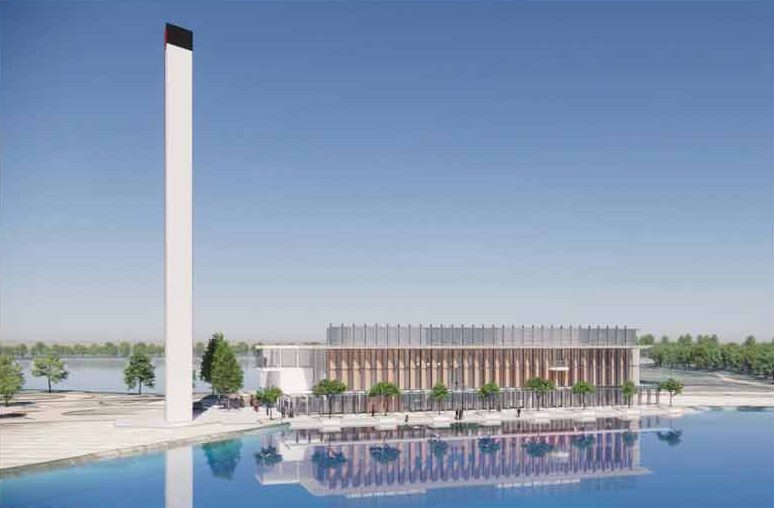PUSLINCH – A group of local scientists thinks there’s enough need for another science centre in the province and they think it should be in Puslinch.
University of Guelph physics professors Joanne O’Meara and Burnaby Orbax delegated to council on May 22 to explain their vision and determine if there is support in the township.
“Puslinch is ideally situated for this,” O’Meara said.
“There are eight million people within a 90-minute drive; there’s proximity to Highway 401; and three international airports close by.”
She added, “We have a ‘build it and they will come’ philosophy. But we also have the data that show they will come.”
The group started Royal City Science in November 2020 to spark curiosity and make science accessible to everyone.
Right now, they hold events in classrooms, pubs and other venues using portable equipment, like static balls that make your hair stand up and a mini planetarium.
They also hold virtual events that have been hugely popular.
But the long-term vision is to build a brick-and-mortar science centre. And they think the best spot is on the Mill Creek Pit owned by the University of Guelph.
The university’s pit is being excavated by Dufferin Aggregates and its license runs out in 2028.
“We have had discussions with the university,” O’Meara said. “They are not ready to talk about the future of this property.
“But we are working to be in the best place possible, to be ready” when land becomes available.
She added, “if another opportunity presents itself before they want to have those discussions, we’re not waiting around.”
Royal City Science hired an architect and presented preliminary drawings at the meeting.
The building could be set on just about any site, but in the drawings, it is situated on the university’s land between the two excavation ponds.
The architecture tries to represent the union of art and nature and takes a net-zero carbon approach in its construction and building materials.
It proposes to have a theatre with space for 200 guests and event space that could accommodate 300 people. Phase two would include an IMAX theatre.
And what would make it really unique is to be on rehabilitated lands, with hiking trails and outdoor activities that would also inform visitors.
“Being on an aggregate site, that sets this centre apart,” O’Meara said. “It would be a living laboratory with science happening right on the site.”
The building would have renewable energy sources – O’Meara noted a floating solar panel array could be situated on one of the ponds.
Orbax said children have a natural curiosity about science.
“It’s a small window when science is magic to young people, then they get turned off,” he said.
“A science centre can take away that wall and keep that magic going.”
Councillors were enamoured with the idea.
“This is super-exciting stuff to see,” said councillor Jessica Goyda. “I love this after-use of a gravel pit.”
“I hope you can get the university to see it your way,” said councillor John Sepulis. “I would have thought the university would jump at this.”
Mayor James Seeley also supported the idea, but had more practical questions for the group.
He asked about the size of septic system that would be required, noting there is no municipal water or wastewater system in the township.
He said with changes underway at Highway 401 and the Hanlon Expressway, and especially as there are other active pits in the vicinity with hauler trucks, there might be navigational challenges for visitors to get to the proposed site.
Interim CAO Courtenay Hoytfox said the university holds the licence for the pit and Dufferin is the contractor.
When the licence is surrendered, the land would revert to agricultural zoning.
Seeley hoped a zoning change would not pose a problem for a future science centre either.
O’Meara said the group will have to raise $50 million to construct the building and is currently fundraising for the studies that will be necessary if the project goes ahead.
It has letters of support from local government officials and financial support from several local businesses.
Work done to-date, including the architect, has been funded by the Ministry of Tourism, Culture and Sport’s Tourism Growth Fund and Wellington Waterloo Community Futures.
“It looks like the holdup is (the U of G) committing to having this,” Seeley said as council brainstormed ways the township could help.
In the end, council passed a motion for the mayor and CAO to meet with the university president for an informal discussion about a future science centre and the future of the pit.
Council will also explore grant funding possibilities for this project in upcoming 2025 budget discussions.




